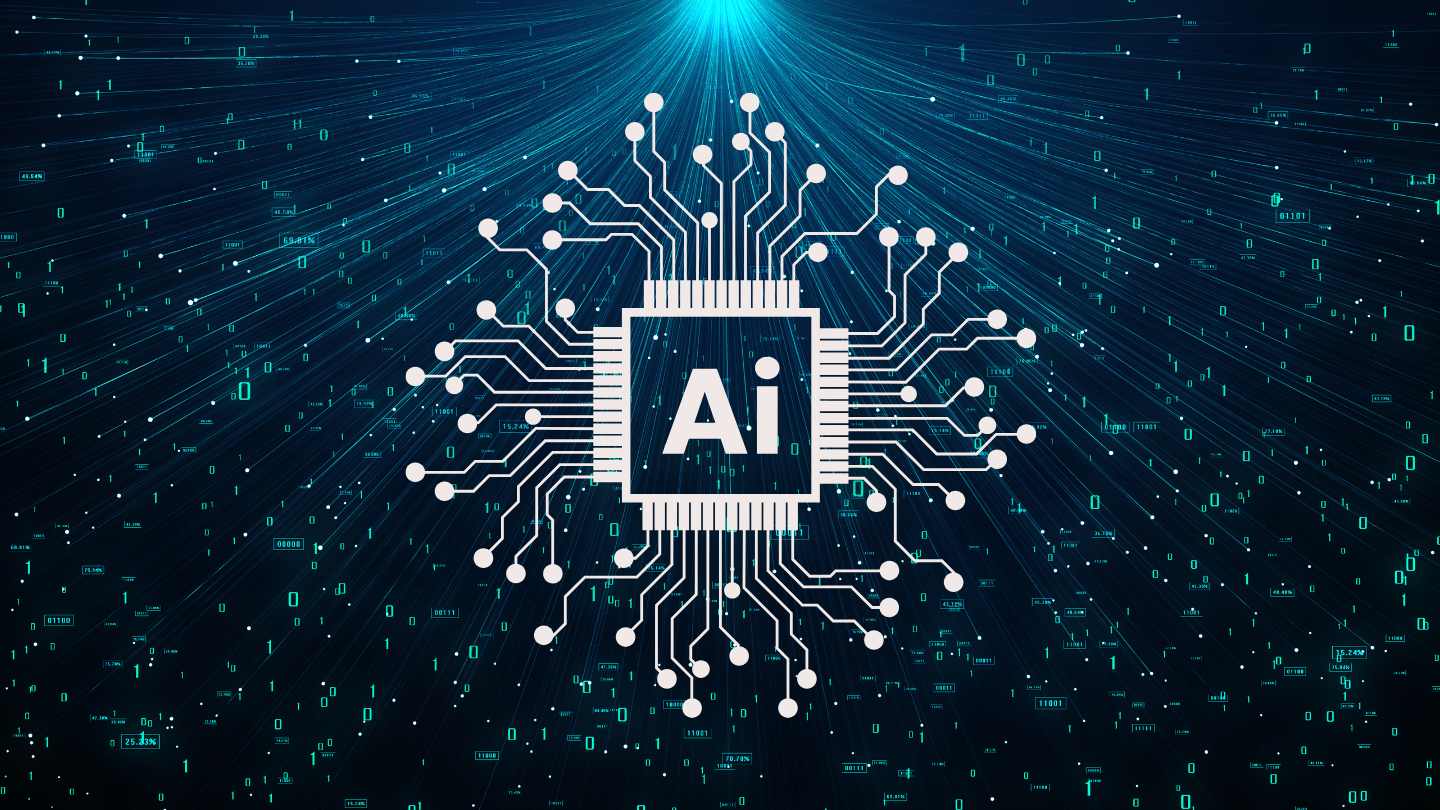
San Francisco-based AI robotics startup Physical Intelligence has raised $400 million in its latest funding round.
So, what’s the appeal? Investors see potential in the startup’s aim to create a new type of robot intelligence.
According to the startup’s website: “Physical Intelligence is bringing general-purpose AI into the physical world. We are a group of engineers, scientists, roboticists, and company builders developing foundation models and learning algorithms to power the robots of today and the physically-actuated devices of the future.”
Most robots we see today are designed for specific, repetitive tasks. This makes it hard for them to work in changing or complicated environments. Traditional robots require a lot of programming for each job, limiting their ability to adapt. Physical Intelligence aims to change that by creating a flexible “robot brain” known as π0. This brain can learn from different robots doing various tasks. Just like language models that learn from a wide range of examples, π0 can quickly adjust to new jobs with very little extra information.
On the startup’s website, you can see the robot performing tasks such as folding laundry, assembling a box, and even bus a table. Embedded below is a post by the startup showcasing the robot:
At Physical Intelligence (π) our mission is to bring general-purpose AI into the physical world.
We’re excited to show the first step towards this mission – our first generalist model π₀ 🧠 🤖
Paper, blog, uncut videos: https://t.co/XZ4Luk8Dci pic.twitter.com/XHCu1xZJdq
— Physical Intelligence (@physical_int) October 31, 2024
The funding round attracted the likes of Amazon’s Jeff Bezos and investors like Thrive Capital, Lux Capital, and OpenAI. The round valued Physical Intelligence at $2 billion.
Karol Hausman, the founder of the company, describes the technology as a single generalist brain that can control any robot. The idea is ambitious but has great potential by allowing robots to respond and adapt to their surroundings even when things change.
Hausman and his team aim for more than just basic tasks. They want to create robots that can do jobs requiring skill and decision-making.
It’s not surprising that investors are interested in the company. Physical Intelligence has the potential to improve efficiency and productivity in robotics, which could change how businesses work. With this technology, we may soon see robots that can do more than just simple factory work; they could help at home or work alongside people in offices, warehouses, and more.
Additional reading: Physical Intelligence – A Vision-Language-Action Flow Model for General Robot Control [PDF]
